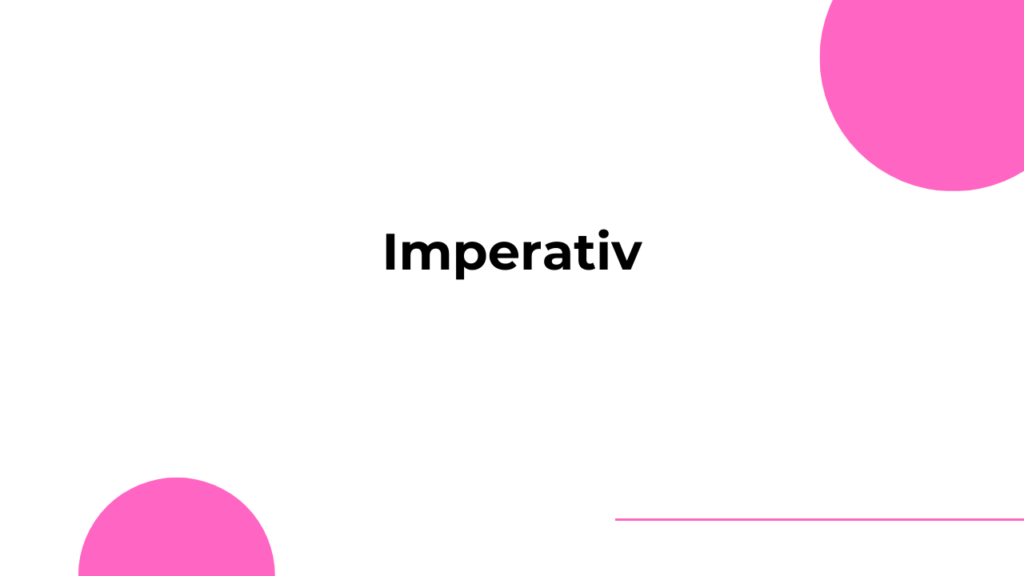
The Imperativ, or the imperative mood, is a grammatical form in the German language used to give commands or make requests. It can be used in both formal and informal contexts, and its primary function is to tell someone what to do or to express a strong desire or wish.
There are three forms of the imperative in German, depending on the subject and the level of formality:
Informal singular (du): This form is used when addressing one person informally, such as a friend or a family member. To form the du imperative, drop the final ‘-en’ from the infinitive form of the verb, and then add ‘-e’ if the verb stem ends with ‘-d’, ‘-t’, ‘-ig’, or ‘-m’ after a consonant. However, the ‘-e’ is often dropped in spoken language.
Visit our YouTube channel for more German learning tutorials!
Examples:
- Geh! (Go!)
- Iss! (Eat!)
- Lern(e)! (Learn!)
Informal plural (ihr): This form is used when addressing a group of people informally. To form the ihr imperative, simply drop the final ‘-en’ from the infinitive form of the verb. Examples:
- Geht! (Go! – plural)
- Esst! (Eat! – plural)
- Lernt! (Learn! – plural)
Formal singular and plural (Sie): This form is used when addressing one or more people formally, such as a superior or a stranger. To form the Sie imperative, keep the infinitive form of the verb and place ‘Sie’ after it. Examples:
- Gehen Sie! (Go! – formal)
- Essen Sie! (Eat! – formal)
- Lernen Sie! (Learn! – formal)
For irregular verbs or verbs with separable prefixes, some modifications may be necessary. However, these three basic forms should provide a solid foundation for understanding the German imperative mood.
Quiz – imperative:
For more examples, download our app on your or and enjoy a comprehensive learning experience!
